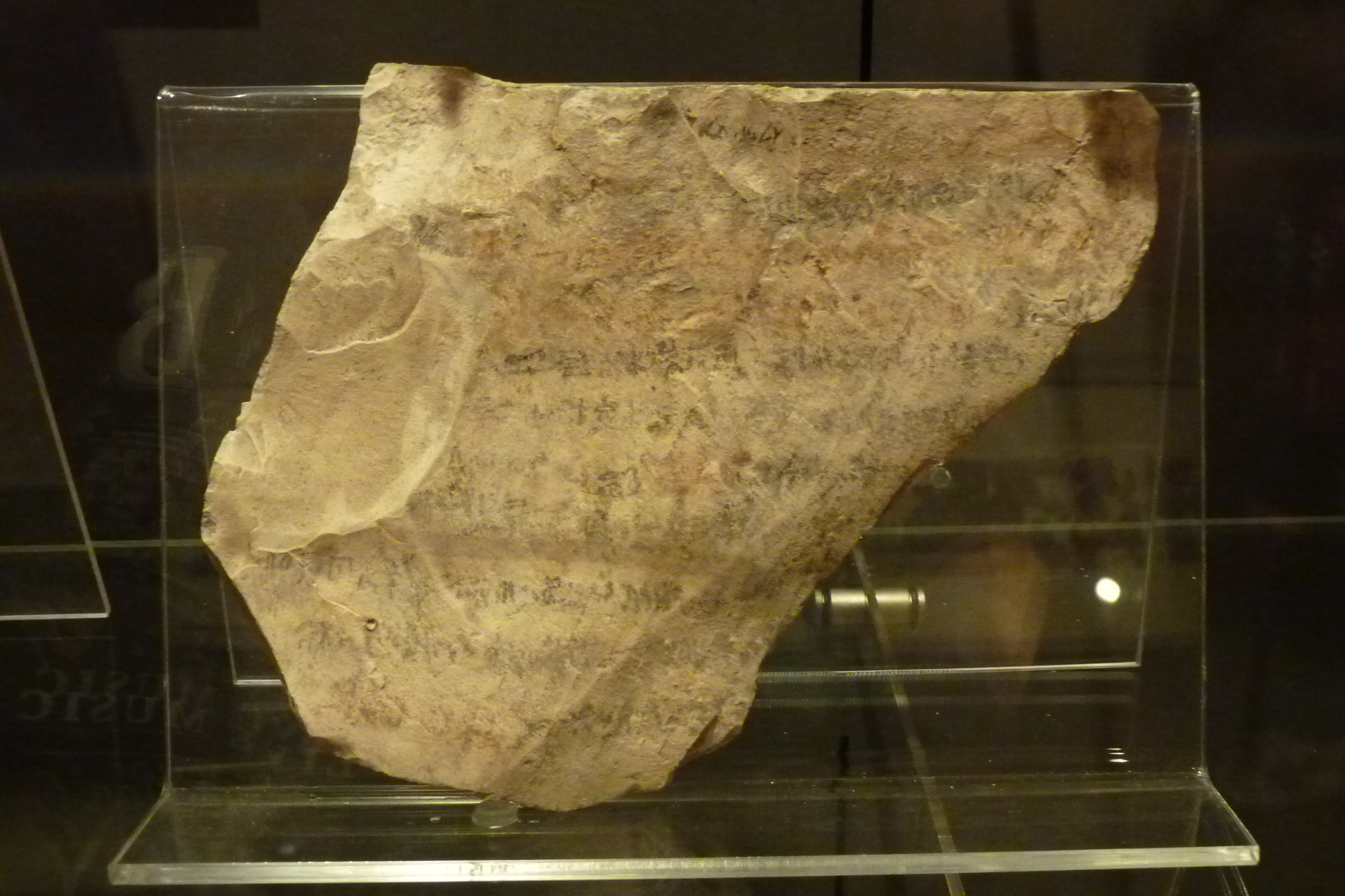The Satire Of The Trades on:
[Wikipedia]
[Google]
[Amazon]
 ''The Satire of the Trades'', also called ''The Instruction of Dua-Kheti'', is a
''The Satire of the Trades'', also called ''The Instruction of Dua-Kheti'', is a
An English translation of The Satire of the Trades
didactic
Didacticism is a philosophy that emphasizes instructional and informative qualities in literature, art, and design. In art, design, architecture, and landscape, didacticism is an emerging conceptual approach that is driven by the urgent need to ...
work of ancient Egyptian literature
Ancient Egyptian literature was written in the Egyptian language from ancient Egypt's pharaonic period until the end of Roman domination. It represents the oldest corpus of Egyptian literature. Along with Sumerian literature, it is consi ...
. It takes the form of an instruction, composed by a scribe from Sile named Dua-Kheti for his son Pepi. The author is thought by some to have composed the ''Instructions of Amenemhat
Instructions of Amenemhat (aka "Teaching of King Ammenemes I to His Son Sesostris") is a short ancient Egyptian poem of the ''sebayt'' genre written during the early Middle Kingdom. The poem takes the form of an intensely dramatic monologue deli ...
'' as well.
Description
It describes a number of trades in an exaggeratedly negative light, extolling the advantages of the profession of scribe. It is generally considered to be asatire
Satire is a genre of the visual, literary, and performing arts, usually in the form of fiction and less frequently non-fiction, in which vices, follies, abuses, and shortcomings are held up to ridicule, often with the intent of shaming or e ...
, though Helck thought it reflected the true attitude of the scribal class towards manual labourers.
It was written during the Middle Kingdom of Egypt
The Middle Kingdom of Egypt (also known as The Period of Reunification) is the period in the history of ancient Egypt following a period of political division known as the First Intermediate Period. The Middle Kingdom lasted from approximately ...
, between 2025 and 1700 BC.
The text has survived in its entirety, but extremely corrupted, in the Sallier II Papyrus written during the Nineteenth Dynasty
The Nineteenth Dynasty of Egypt (notated Dynasty XIX), also known as the Ramessid dynasty, is classified as the second Dynasty of the Ancient Egyptian New Kingdom period, lasting from 1292 BC to 1189 BC. The 19th Dynasty and the 20th Dynasty furt ...
, which is kept at the British Museum
The British Museum is a public museum dedicated to human history, art and culture located in the Bloomsbury area of London. Its permanent collection of eight million works is among the largest and most comprehensive in existence. It docu ...
(Museum number EA10182,11). A number of fragments are kept at the British Museum, the Louvre
The Louvre ( ), or the Louvre Museum ( ), is the world's most-visited museum, and an historic landmark in Paris, France. It is the home of some of the best-known works of art, including the '' Mona Lisa'' and the ''Venus de Milo''. A central ...
, the Morgan Library & Museum, and other institutions. It was one of the texts most frequently copied by students during the Ramesside Period
The Twentieth Dynasty of Egypt (notated Dynasty XX, alternatively 20th Dynasty or Dynasty 20) is the third and last dynasty of the Ancient Egyptian New Kingdom period, lasting from 1189 BC to 1077 BC. The 19th and 20th Dynasties furthermore togeth ...
.
Use of the Satire in Ben Sira
This Egyptian tale is referenced byBen Sira
Ben Sira also known as Shimon ben Yeshua ben Eliezer ben Sira (שמעון בן יהושע בן אליעזר בן סירא) or Yeshua Ben Sirach (), was a Hellenistic Jewish scribe, sage, and allegorist from Seleucid-controlled Jerusalem of the ...
in the Deuterocanonical
The deuterocanonical books (from the Greek meaning "belonging to the second canon") are books and passages considered by the Catholic Church, the Eastern Orthodox Church, the Oriental Orthodox Churches, and the Assyrian Church of the East to be ...
''Book of Sirach
The Book of Sirach () or Ecclesiasticus (; abbreviated Ecclus.) is a Jewish work, originally in Hebrew, of ethical teachings, from approximately 200 to 175 BC, written by the Judahite scribe Ben Sira of Jerusalem, on the inspiration of his fa ...
'' at .
References
*M. Lichtheim, ''Ancient Egyptian Literature'', volume I, 1973, pp. 184-193 *S. Quirke, Egyptian Literature 1800 BC, questions and readings, London 2004, pp. 121-126External links
An English translation of The Satire of the Trades
Footnotes